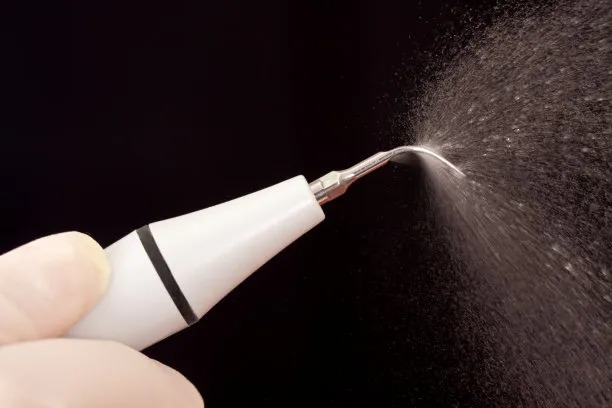The Essential Guide to Extracting a Tooth Safely and Effectively with Expert Tips and Aftercare Recommendations
Summary: Extracting a tooth can be a daunting task, whether it is for a dental emergency or planned treatment. This essential guide covers the vital aspects of tooth extraction safely and effectively. Highlighting the necessary preparations, expert techniques, critical aftercare recommendations, and recognizing the signs when to seek professional help, this article aims to equip both individuals and dental practitioners with the knowledge needed for a successful extraction process. By understanding each of these facets, readers can minimize discomfort and prevent complications, allowing for a smoother recovery. Whether you are faced with a stubborn wisdom tooth or simply requiring a dental procedure, this guide provides the insights necessary for optimal oral health management.
1. Importance of Preparation Before Extraction

Proper preparation is crucial before proceeding with a tooth extraction. This involves consulting your dentist to assess whether extraction is indeed necessary. The dentist will examine your dental health, taking into account previous medical history and current medications. Proper assessment ensures that all alternative treatments are explored before committing to extraction.
Another critical aspect of preparation is understanding the type of tooth that needs to be extracted. For instance, a simple extraction of an erupted tooth differs significantly from a surgical extraction involving an impacted tooth. This understanding will help determine the method and tools necessary for the extraction, ensuring a safer procedure.
Patients should also prepare mentally for the extraction. Discussing concerns with your dentist can alleviate anxiety, providing insights into what to expect during the appointment. Additionally, arranging transportation and assistance post-procedure is advisable, especially if sedation or anesthesia is involved.
2. Expert Techniques for Safe Tooth Extraction
Tooth extraction techniques can vary between simple and surgical procedures. For a simple extraction, the dentist will use instruments like elevators and forceps to grasp and remove the tooth. It is essential to ensure that the area is numb using local anesthesia to minimize discomfort during the procedure.
Surgical extractions, often needed for impacted or broken teeth, demand more advanced techniques. This may involve incisions into the gum tissue to expose the tooth and bone. Experienced dentists will utilize precision tools and techniques to avoid damaging surrounding teeth and nerves, enhancing both safety and recovery time.
Additionally, maintaining a sterile environment during procedures is critical. Dentists follow strict protocols, including the use of sterilized tools, ensuring that infection risks are minimized, which is crucial for a successful extraction.
3. Aftercare: Essential for Recovery
Post-extraction care plays a pivotal role in the recovery process. Initially, patients are advised to bite down on a gauze pad for at least 30 minutes to control bleeding. If bleeding continues, changing the gauze as necessary is important to facilitate clot formation.
Managing pain and swelling is another key element of aftercare. Dentists often recommend over-the-counter pain relievers or prescribe medication to help alleviate discomfort. Applying an ice pack on the outside of the cheek near the extraction site can also significantly reduce swelling.
Dietary choices after extraction can impact the healing process. Soft foods such as yogurt, smoothies, and mashed potatoes are advisable in the initial days, avoiding hot, spicy, or hard foods that can disturb the extraction site. Staying hydrated and maintaining oral hygiene, while being cautious around the extraction site, is essential for a smooth recovery.
4. When to Seek Professional Help
Recognizing when to seek professional help after a tooth extraction is crucial for ensuring a safe recovery. Signs of complications include excessive bleeding that does not subside, severe pain that is not manageable with prescribed pain relief, or signs of infection such as fever or unusual swelling.
Moreover, if the extraction site begins to ooze or discharge pus, this warrants immediate attention from a dental professional. Ignoring these signs could lead to more severe complications, further lengthening recovery time or necessitating additional treatment.
Lastly, maintaining regular follow-ups with your dentist allows for monitoring the healing process, ensuring that everything is progressing as it should. Your dentist may provide additional instructions or adjustments based on your recovery status, tailoring their approach for optimal results.
Summary: Understanding the process of tooth extraction—from preparation and the techniques involved to post-extraction care and recognizing potential issues—is essential for a successful outcome. This article aims to provide a comprehensive guide for individuals and professionals alike, ensuring that tooth extractions are performed safely, effectively, and with minimal discomfort. Effective communication with dental professionals and conscientiously following the outlined recommendations will facilitate a smooth recovery and promote overall oral health.
This article is compiled by Vickong Dental and the content is for reference only.


